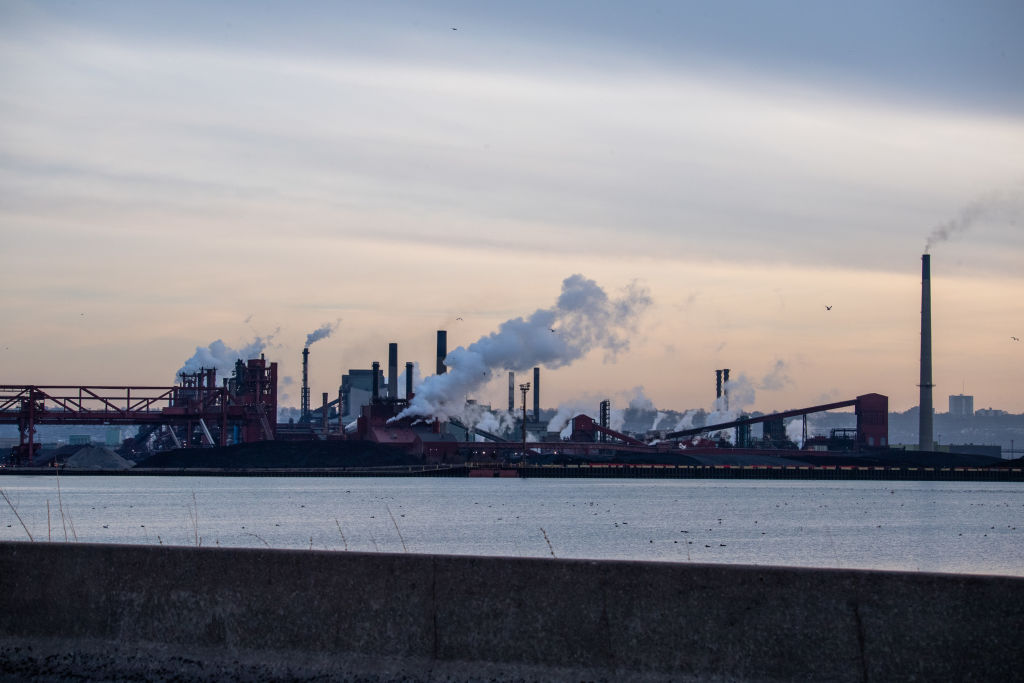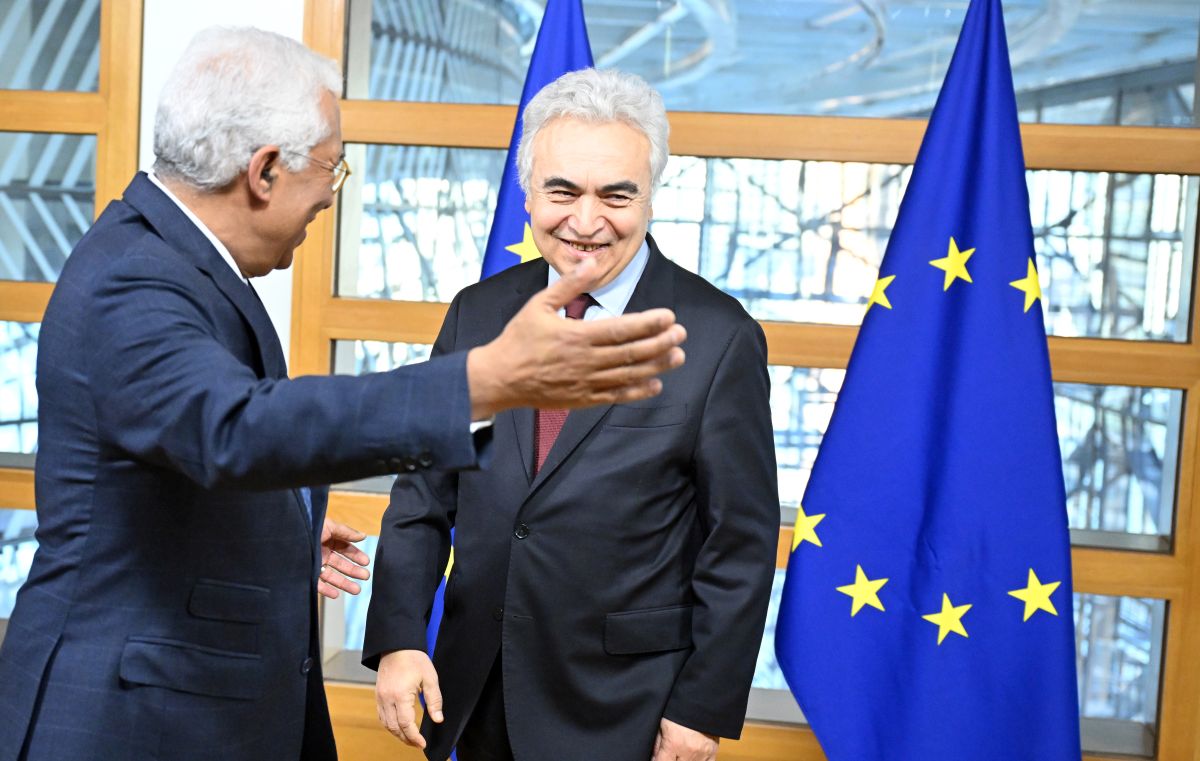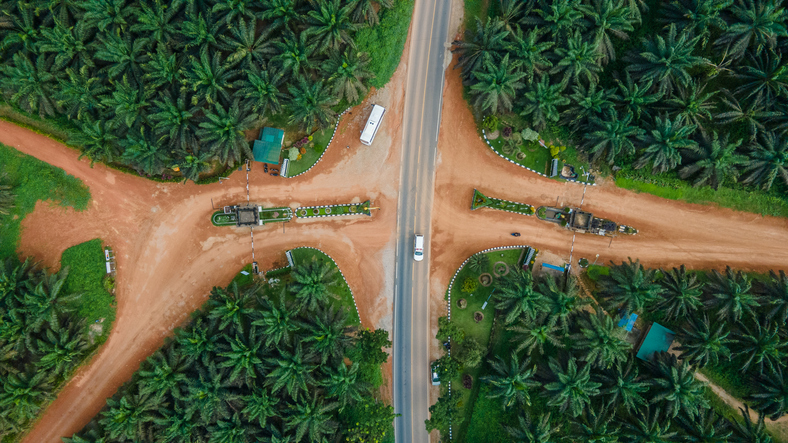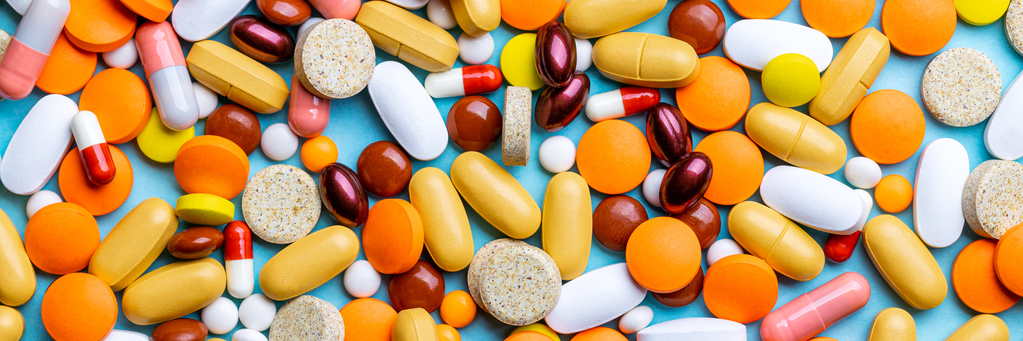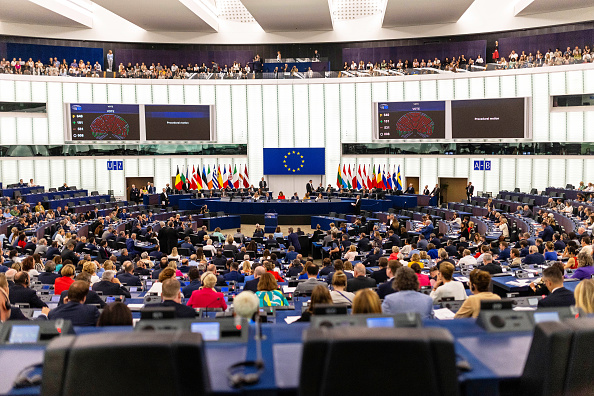Restricting recyclable PET trays risks more food waste in Europe
PET trays, a circular economy success story, risk restrictions under PPWR secondary legislation. Europe’s farmers, food producers and coastal communities could lose one of their most reliable tools to keep produce fresh, transport it safely and reduce food waste.
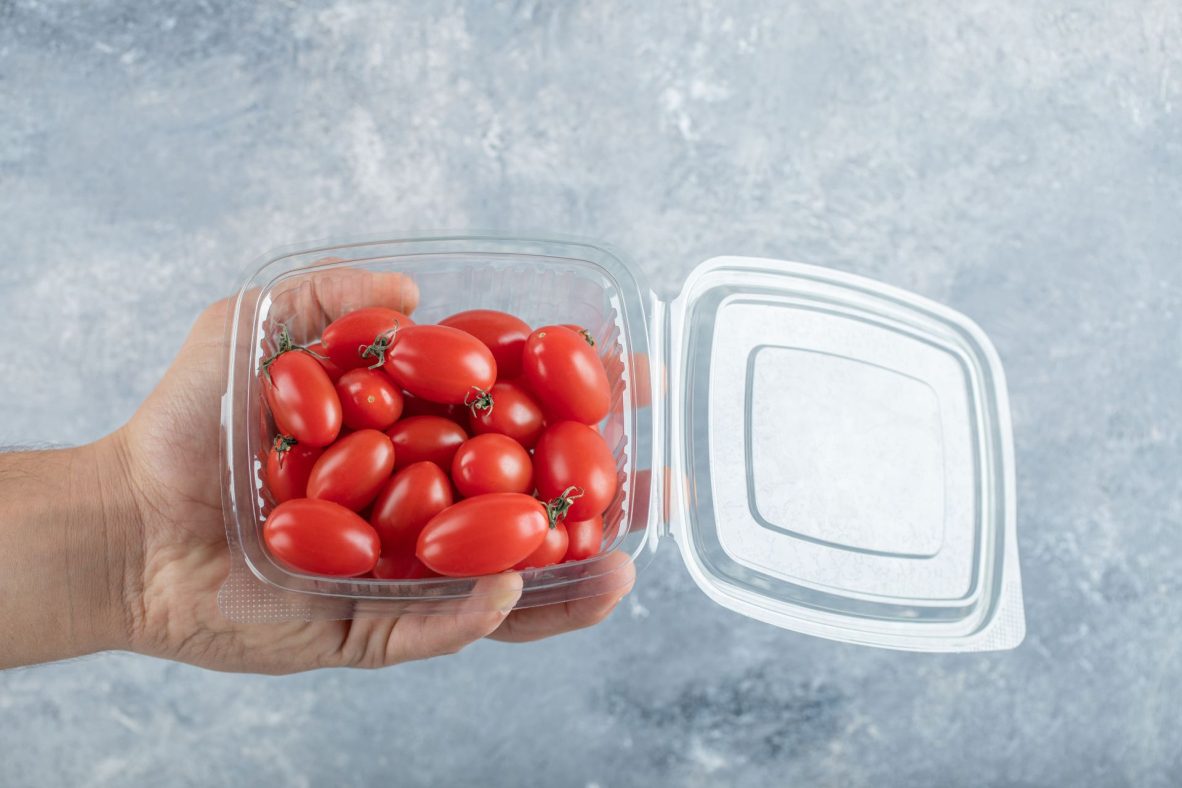
Have you ever looked at the tray that your meat, cheese, fish and soft fruits are packaged in? Would it surprise you to know that most are made of PET, the world’s most recycled plastic?
Yet despite being one of Europe’s circular economy success stories, PET trays risk facing new restrictions under secondary legislation from the Packaging and Packaging Waste Regulation (PPWR). If that happens, Europe’s farmers, food producers and coastal communities could lose one of their most reliable tools to keep produce fresh, transport it safely and reduce food waste.
PET is better known as the material used for bottled water and soft drinks. It is fully recyclable and can also be created in reusable and refillable applications. Thanks to its strength, barrier properties and food safety performance, PET packaging is recyclable by design and plays an essential role in food preservation.
Collection and recycling targets for PET bottles were set under the Single Use Plastics Directive in 2019. By the end of this year, 75 percent of all PET bottles placed on the market must be collected for recycling. A target that will be met. Many EU markets, including Germany, Belgium, the Netherlands and Sweden, already achieve PET bottle collection rates above 90 percent, showing that large-scale circularity is already a reality.
So here is the conundrum: while PET bottles are rightly recognised as highly circular, recent legislative developments risk placing PET trays made from exactly the same material within a broad category subject to potential restrictions.
Annex V of the PPWR currently groups PET together with a range of problematic, unrecyclable materials and multilayer materials. Unless this is clarified, Europe risks penalising a circular material by treating it the same as those that are not, undermining both climate and circularity goals.
Not all trays are created equal
PET is different. It is already widely recycled across Europe and fully compatible with tray-to-tray recycling. PET trays enable our agriculture and fisheries industries to bring their goods to market unharmed and extend shelf life for fruits, vegetables, proteins and fish. For example, recent research on chicken fillets shows that when packed in PET trays under a modified atmosphere, freshness can be maintained for up to a week longer than with conventional packaging. That extra week can make the difference between food reaching our plates or ending up as waste. Their excellent barrier properties preserve freshness, prevent spoilage and reduce food waste, which carries a far higher environmental footprint than the packaging itself. Without PET trays we would face increased waste and emissions, threatening both the Green Deal’s goal to halve food waste by 2030 and the livelihoods of everyone working to put food on our plates who rely on durable, safe packaging to reach consumers.
Because PET is already highly circular and has a strong recycling infrastructure, it can reliably integrate high levels of recycled content in food-contact applications. Trays can easily include rPET, keeping materials in the loop.
In short, PET trays are not the problem; they are part of the solution. If they are restricted, the EU risks losing one of its best tools to meet recyclability, recycled-content and food-waste targets.
Significant investments in PET tray circularity are already underway
Across Europe, new thermoform recycling lines, digital watermark sorting and design-for-recycling standards are scaling rapidly. PET trays are on track to meet the recycling at scale benchmarks envisioned by the PPWR. Equal restrictions on all trays would undermine this progress and remove incentives for further investment, putting at risk Europe’s ability to meet its 2030 recycled-content targets.
PET trays must be recognised for what they are: a circular, food-preserving solution.
Legislation should differentiate between materials that are genuinely recyclable and those that are not. Bundling PET with problematic plastics would penalise one of the most circular packaging formats and risk substitution with less sustainable alternatives.
The PPWR includes the flexibility to provide exemptions through guidance. By exempting PET trays, the European Commission can remain true to its Green Deal objectives, support Europe’s farming and fishing communities, and ensure proportionate, evidence-based legislation that rewards genuine circularity and protects Europe’s food system.
Antonello Ciotti is chairman of PETCORE EUROPE, representing the PET value chain with 9 Associations and more than 150 active members, including almost all the main global Brand Owners, with a cumulative turnover of €15 billion in 2023 and 27,000 employees.

